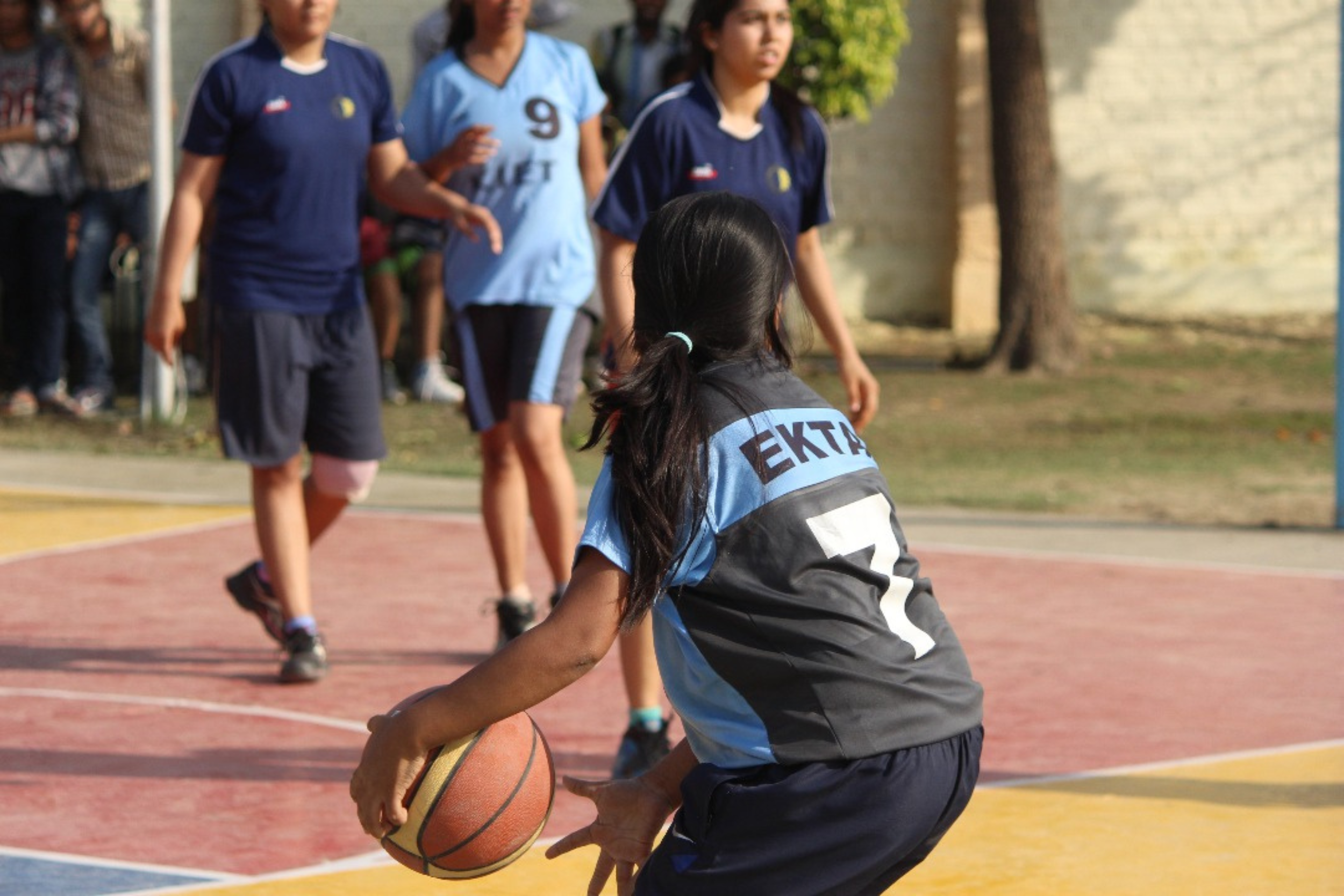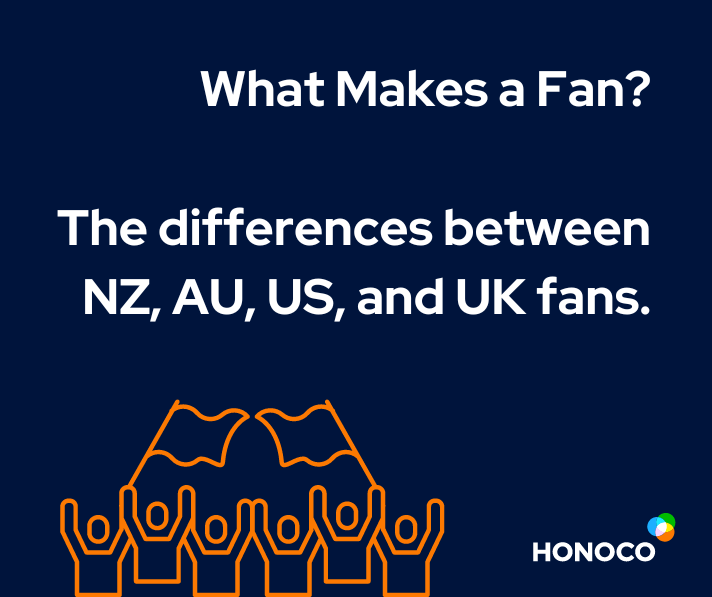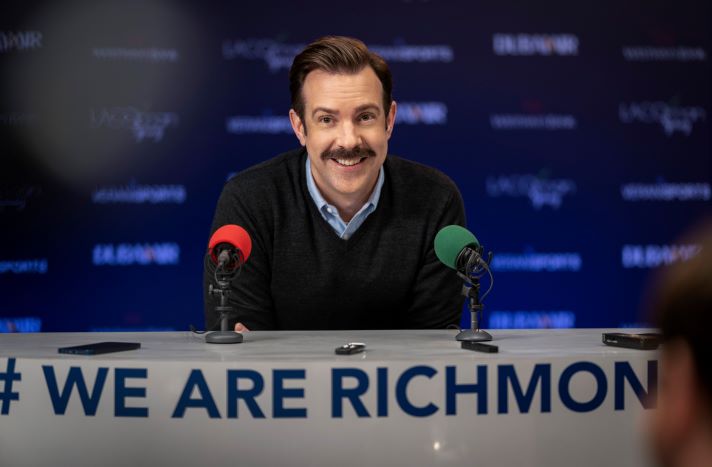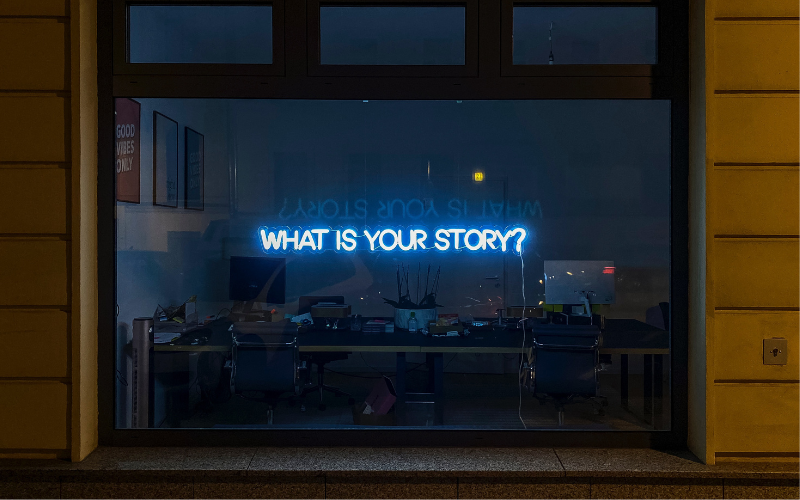Questioning partnering with Women’s Sport? How a few beers might help you figure it out!
When you are investing in women’s sport sponsorship it appears there are two extra Ws to consider! Having completed five sponsorship strategy projects relating to women’s sport in the last few months its noticeable we get asked two additional questions, numbers 4 and 5 below, that are less common queries about traditional male focused sports:
- Who can I reach with this partnership?
- What do I actually get for my investment?
- hoW much should it cost?
- Where are we best to invest within the sport?
- We know why this is important, but what’s our specific why?
These last two are especially interesting and most pleasing to be asked, because they illustrate that organisations are serious about investing, making a positive difference and getting their women’s sport partnership right.
Partnerships are at their best when there’s an authentic connection and a genuine purpose. Consumers and supporters are smart and recognise these factors. They know when a brand truly understands what it means to be a legitimate supporter, and what will have a positive impact on their sport.
It’s true men’s sport typically comes with more eyeballs. We also know it’s not a lack of demand that is holding women’s sport back, but instead the supply of content. 41% of people would watch more women’s sport if there was more on TV1 and female viewership of sport has increased +18% in the last two years2.

Raising visibility is the catalyst for many growth areas of women’s sport – participation, viewership, attendance, sponsorship, merchandise etc. Unite these increases with commercially sustainable business models and the growth of women’s sport will accelerate further.
In his book Good to Great, Jim Collins describes the Flywheel effect as a process of relentless force, pushing the heavy flywheel turn by turn, gradually building momentum until the point of breakthrough. Those organisations investing in Women’s Sport are the brands who are making that wheel gradually rotate faster, but it’s not yet at the point that it can rotate independently without additional energy and influence.
In Collins’ concept he also went on to explain that it wasn’t one single heave that caused the Flywheel to move so fast, but the aggregation of all the effort. “Big things happen because we do a bunch of little things supremely well that compound over time”. This should be encouraging to anyone considering a women’s sport investment. The question is not how do we get women’s sport moving, but how do we do our part to help it progress.

With the flywheel it’s pushing intelligently and consistently in a specific direction. This brings us back to questions 4 and 5, the where and why in in the earlier list. Investors know the answer to the overarching why is “because gender equality and equity in sports is important” and according to Honoco’s research over 53% of New Zealanders see it as a priority society issue. The more pertinent questions to ask are; specifically where should we be investing, and will our customers understand why our organisation is making this contribution?
The alcohol sector has served up examples, beer brands, especially AB InBev’s, Budweiser (#WontStopWatching), Michelob (#SaveItSeeIt) and Quilmes (#VamosLasPibas) have positioned themselves alongside their sport-loving consumers as proactive supporters, advocating for greater visibility of women’s sport and taking practical steps themselves towards change.

Similarly, Guinness’ #NeverSettle campaign promotes talkability and access to athlete information via a genius, simple and cost-effective initiative to create Wikipedia pages for all the rugby players in the 2021 Women’s Six Nations. Their insight being that only 3% of rugby biographies on the global information hub were dedicated to female players. They encouraged the sports organisations, journalists and fans to address this imbalance – again the more people pushing the wheel in the same direction, the faster it moves.
I’m not recommending you should always seek inspiration from a few beers, but in this case each brand found an authentic place and genuine cause to champion.
Let’s hope there are more brand and marketing managers across all categories asking the why and where questions about women’s sport in the near future, and that the wheel gains further momentum.
#Partnerships #SportBusiness #WomenInSport #GenderEquality
1YouGov Women in Sport Global Report 2021
2Grabyo Sports Video Trends 2021









